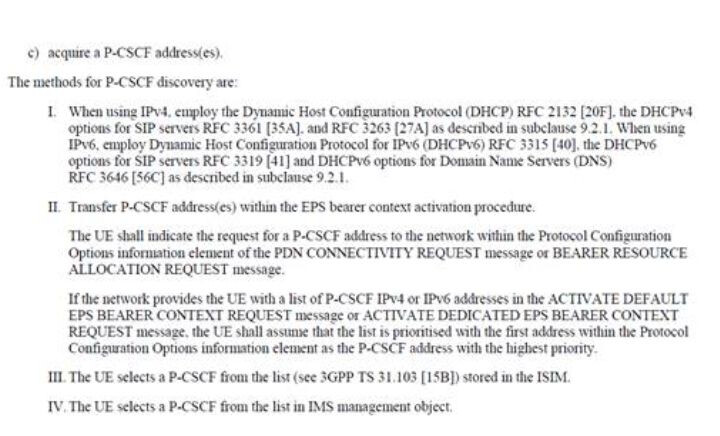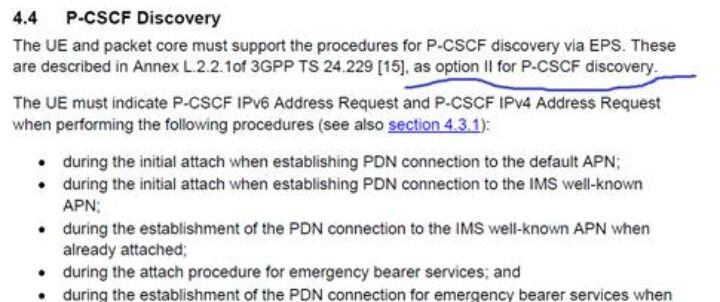Hello Telecom folks,
For the IMS, S8HR and LBO models are used by operators.
In both models (from the EPC perspective), the PGW <–> P-CSCF is common.
I would like to put here few facts (which I know), on this interface, especially from the Load Balancing and High Availability perspective.
Typically, a PGW will have a configuration of P-CSCF instances, and it would keep track of active P-CSCF instances.
Upon receipt of a ‘GTP Create Session Request’ in the PGW, it would pick one of the P-CSCF IP, and it would send in the ‘Protocol Control Options’ parameter in the ‘GTP Create Session Response’. This P-CSCF IP will be used by the UE as the P-CSCF endpoint, for all further SIP communication.
I see the below limitations…
- There are no additional standards defined for the PGW, to select a P-CSCF (for example,
. No ‘SIP OPTIONS’ interface is present to check the health of a specific P-CSCF instance
. No congestion control mechanisms to understand if a P-CSCF is having more active IPSec Tunnels, and shall send less requests to it, etc.) - Since no interface is defined for health check of the P-CSCFs, PGW can only give a ping option to the P-CSCF server, not to the specific P-CSCF instance
- Though the DNS/DHCP option is defined in the 3GPP 24.229 for various IP-CANs (which can to some extent solve the above issue, but it is not recommended by the GSMA, as per IR.92 for the VoLTE).
I too adore re-usability, but I strongly feel it is because just re-using the existing Gi interface (between the GGSN/PGW and the Internet nodes) for the VoLTE system, has caused this limitation. The PGW - P-CSCF interface could have been enriched for the IMS/VoLTE purpose.
What do you say?
LinkedIn:

